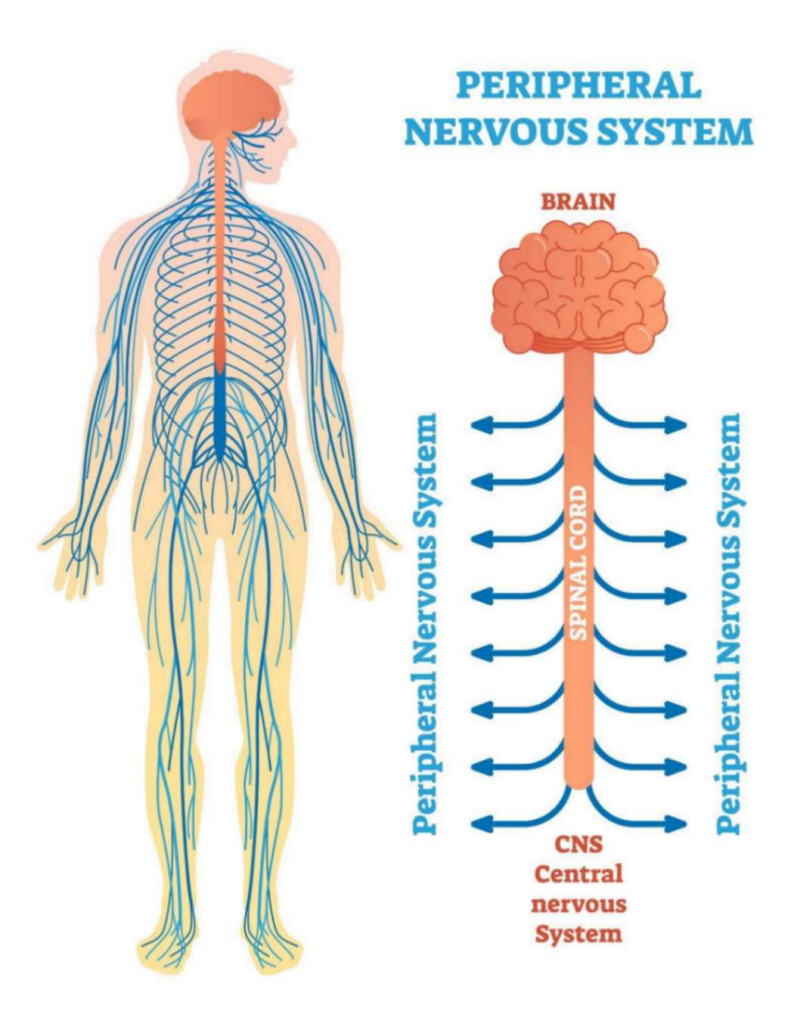—ENGLISH-ANATOMY UNIT 11. NERVOUS SYSTEM.( PART : 2 ) Peripheral Nervous System
PERIPHERAL NERVOUS SYSTEM (peripheral nervous system):
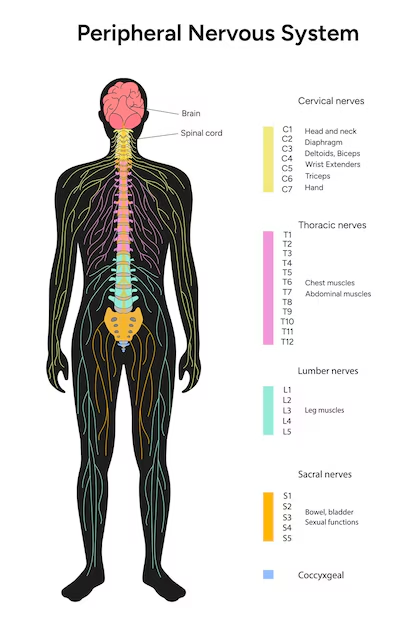
Peripheral nervous system has 31 pairs Includes the spinal nerve, 12 pairs of cranial nerves, and the autonomic nervous system.
Each cranial and spinal nerve is covered by the following tissue layers.
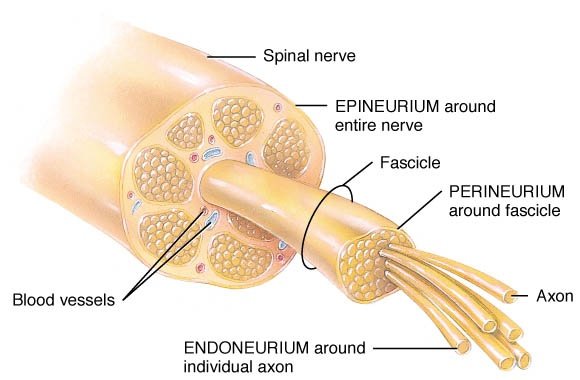
1. Endoneurium which is a delicate layer and lies above the individual nerve fibers. Such nerve fibers are grouped together to form fascicles.
2. Perineurium is a layer of smooth connective tissue and each fascicle is wrapped by this layer.
3. Epineurium is an upper layer that wraps around each nerve.
SPINAL NERVES (Spinal Nerve):
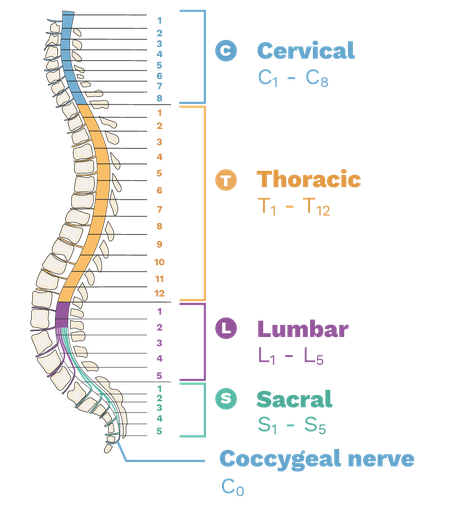
The nerves passing through the spinal cord are called spinal nerves
There are a total of 31 pairs of spinal nerves that pass through the vertebral column and exit. And the nerve passing through that region is named based on the vertebra of that region.
This nerve exits the vertebra of the vertebral column and goes towards the body. Which is named as follows.
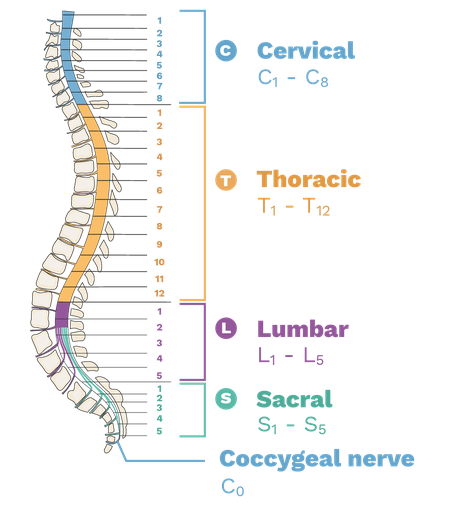
- Cervical Nerve 8 Pairs
- Thoracic Nerve 12 Pairs
- Lumbar Nerve 5 Pairs
- Sacral Nerve 5 Pairs
- Coccygeal Nerve 1 Pair
The lower cervical pair passes between the foramen magnum and the first cervical vertebra.
The lower part of the spinal cord is known as the coda equina i.e. the horse tail.
The spinal nerve has anterior and posterior nerve roots, in which the posterior nerve The root acts as a sensory nerve and the anterior nerve root acts as a motor nerve.
Mixed nerves are also found in the spinal nerve. Spinal nerves exit the vertebrae and join with each other to form plexuses. Such plexuses are as follows.
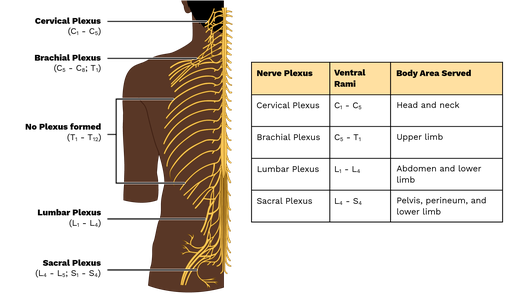
•Cervical Plexus
•Brachial Plexus
•Lumbar Plexus
•Sacral Plexus
•Coccygeal Plexus.
The nerves of the thoracic region do not form a plexus.
This Nerve emerging from the plexus The branches of the thoracic nerve supply the area.
Thoracic Nerve:
- The thoracic nerve does not form a plexus.
- There are 12 thoracic nerves
- This thoracic nerve is the costal groove of the ribs passed through and the intercostal muscles and the skin of that area The nerves supply the
- The first 11 nerves are called costal nerves and the Barbie nerve is called subcostal nerves.
CRANIAL NERVES (Cranial Nerve):
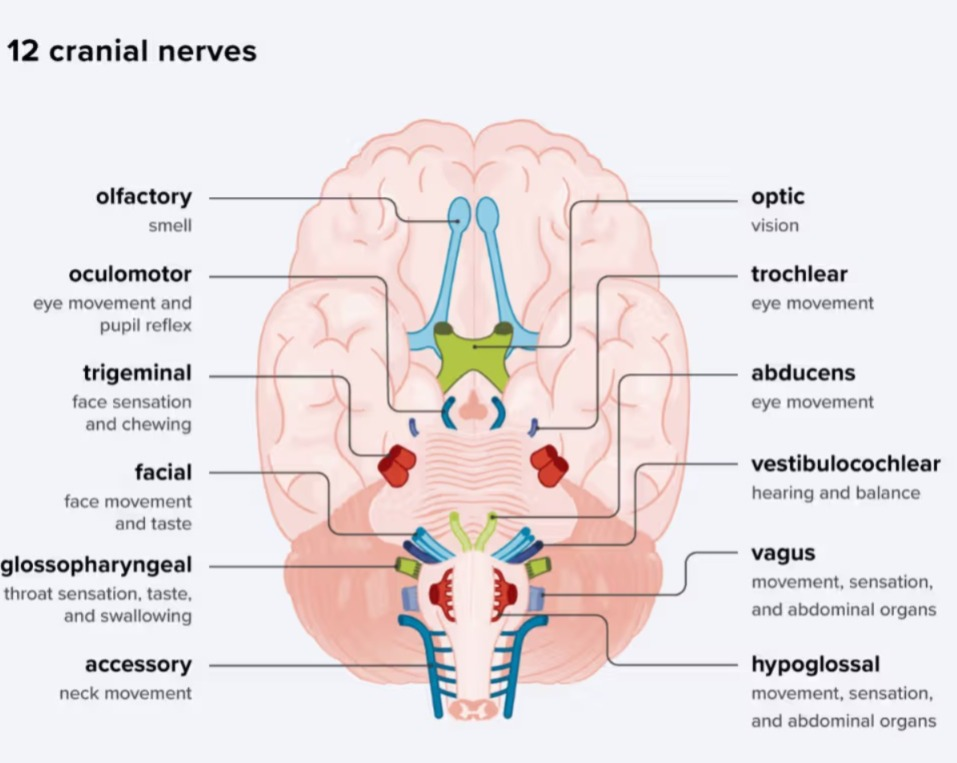
- Cranial nerves are 12 pairs in number
- These cranial nerves are related to the cranial cavity i.e. the brain
- These cranial nerves contain sensory, motor and mixed types of nerves.
- These cranial nerves are as follows.

1. Olfactory nerve:
•This nerve is a sensory nerve that carries the sensation of smell to the brain.
•Its receptors are located in the nasal mucosa and when stimulated, the sensation of smell is carried to the temporal lobe of the brain through the olfactory track and the smell is detected.
2. Optic Nerve
•This is a sensory nerve. The optic nerve is the site where the sensation of vision passes from the retina of the eye through the optic foramen and passes through the optic track. The sensation of vision first enters the thalamus and from there the sensation is taken to the occipital lobe of the cerebral cortex where it is interpreted.
3. Occulo motor nerve:
•This is a motor nerve whose nerve fibers originate from the midbrain
•It also contains autonomic nerve fibers and supplies nerves to the intrinsic and extrinsic muscles of the eyeball, which allows accommodation of the eye, i.e. focusing on any nearby object, and different movements of the eyeball.
4. Trochlear Nerve:
It originates from the midbrain and supplies the superior oblique muscles of the eye.
5. Trigeminal Nerve:
•This is a mixed type of nerve and has three branches.
1.Ophthalmic nerve
2.Maxillary nerve
3.Mandibular nerve.
•The nerve fibers of this nerve are connected to the pons vertigo and they innervate the muscles that help in mastication, that is, chewing. It is also involved in supplying the nerve.
6. Abducens Nerve:
•Its nerve fibers emerge from the pons vertigo and are involved in supplying the lateral rectus muscles of the eye.
7. Facial Nerve:
•It emerges from the lower part of the pons veroli. The nerve supplies the muscles of the face, scalp, and neck.
•The motor nerve fibers of the facial nerve are responsible for facial expression.
•Its sensory nerve fibers are attached to the posterior tongue, which provides the perception of taste.
8. Vestibulocochlear Nerve:
•It is also called the auditory nerve. It is a sensory nerve. It has 2 branches.
1.Cochlear nerve… It conveys hearing impulses. It is connected to the organ of Corti in the cochlea of the inner ear.
2.Vestibular nerve… It conveys impulses of equilibrium. It is connected to the semicircular canals, saccules in the inner ear and carries impulses to the pons veroli and cerebellum.
9. Glossopharyngeal Nerve:
•It is a mixed type of nerve.
•It is associated with the secretion of saliva.
•Its sensory nerve fibers carry taste impulses from the tongue to the medulla and function in reporting the taste.
•It also functions in the swallowing process and gag reflex.
10. Vagus Nerve:
•It is a mixed nerve.
•Its sensory nerve fibers supply impulses to the pharynx, larynx, trachea, heart, bronchi, esophagus, stomach, small intestine, and gall bladder.
•Motor nerve fibers help in the swallowing process.
•It is the longest branch of all the cranial nerves. and is the main branch of the parasympathetic nervous system.
11. Accessory Nerve:
•It is a motor nerve.
•Its nerve fibers emerge from the medulla and help in the soothing process.
12. Hypoglossal Nerve:
•It is a motor nerve.
•It emerges from the medulla.
•Its nerve fibers help in tongue movement and the swallowing process during speech.
